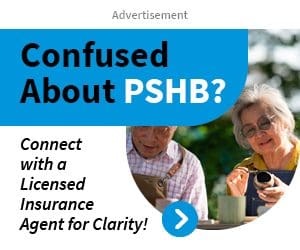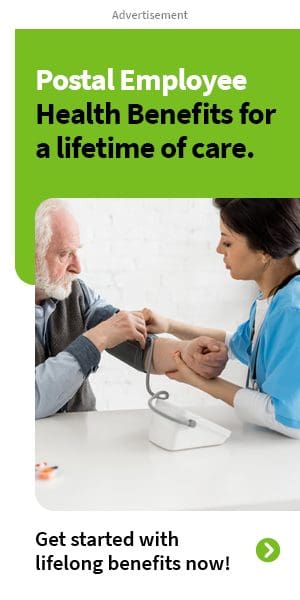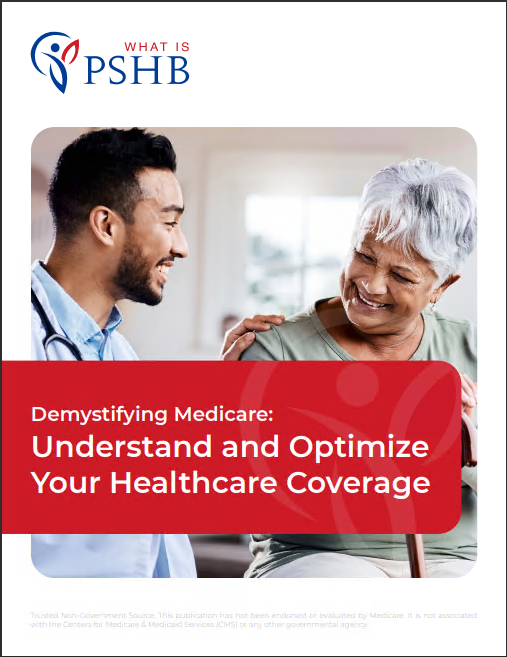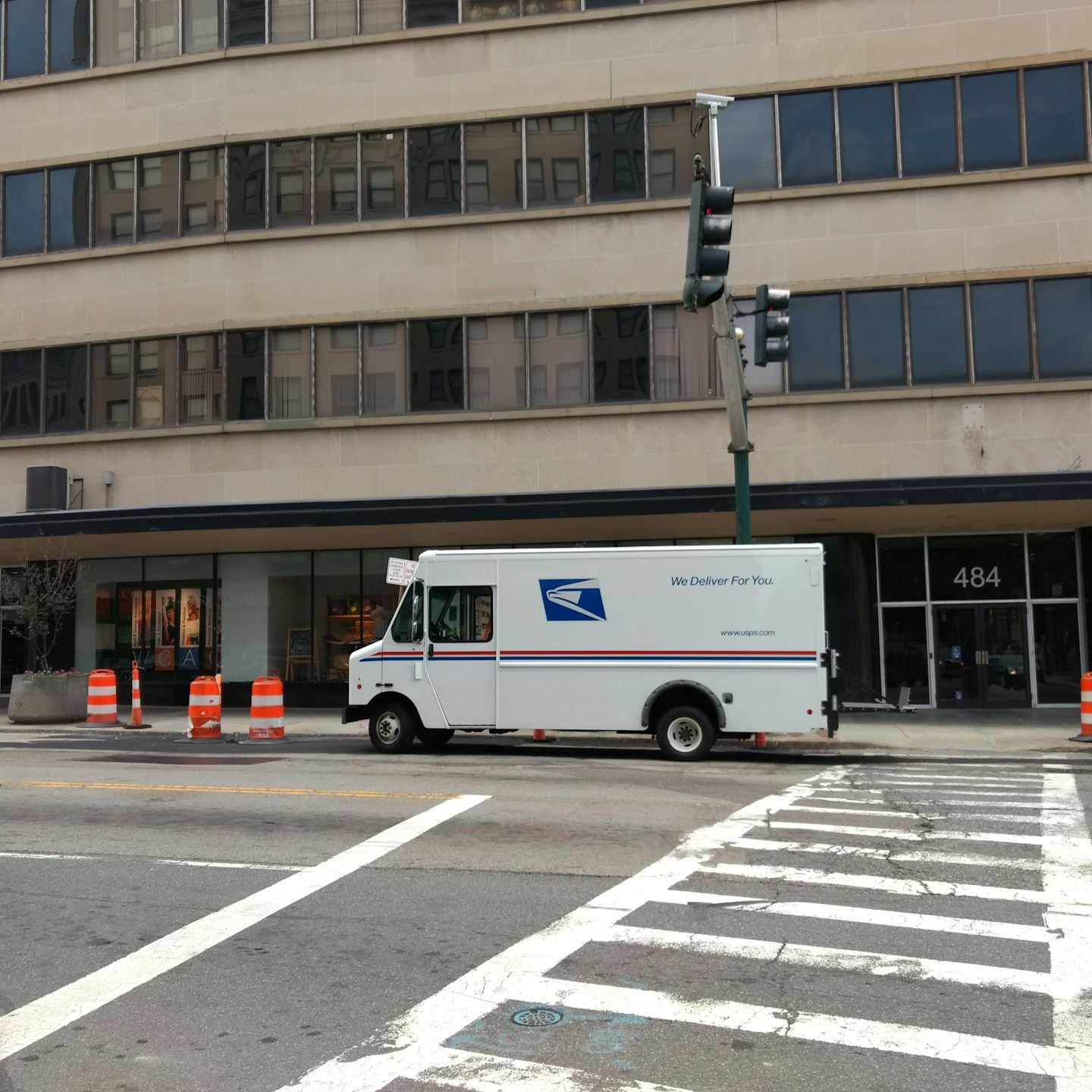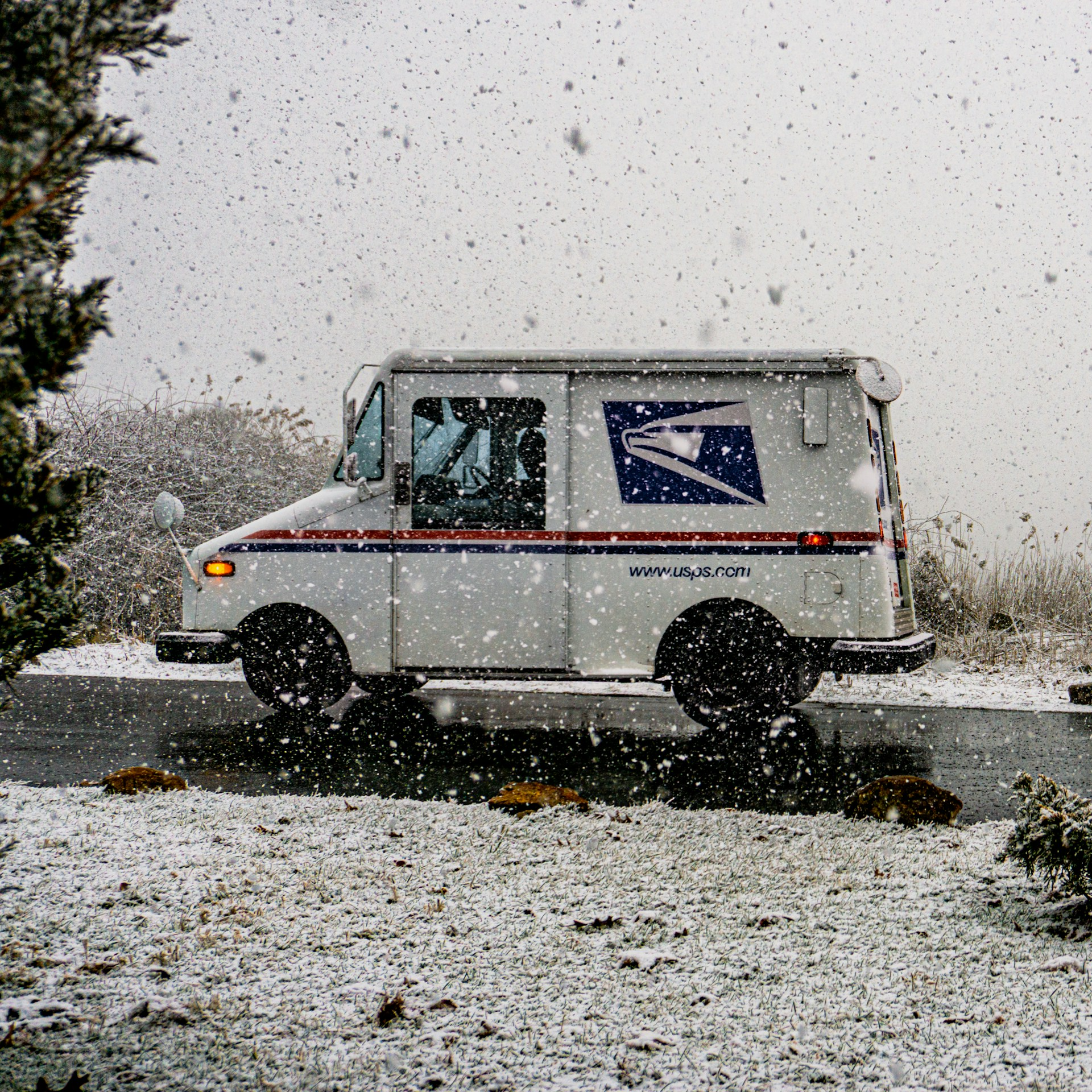Key Takeaways:
-
The Postal Service Health Benefits (PSHB) program is now the exclusive health coverage option for USPS employees, retirees, and their eligible family members.
-
Eligibility rules are specific and may depend on your employment status, retirement date, and family circumstances, so it’s crucial to understand the requirements.
The Basics of PSHB Eligibility
If you’re part of the United States Postal Service (USPS), the Postal Service Health Benefits (PSHB) program is your go-to for health coverage in 2025 and beyond. This program replaces the Federal Employees Health Benefits (FEHB) program for postal workers and retirees, but eligibility is determined by specific rules. Here, we’ll break down what you need to know to see if you’re covered.
Who Qualifies for PSHB Coverage?
Eligibility for PSHB revolves around your connection to the USPS. Here’s a breakdown of who’s covered:
Active USPS Employees
As a current USPS employee, you’re eligible to enroll in a PSHB plan. This includes full-time, part-time, and certain temporary employees. You must actively work for the USPS and meet specific employment criteria to qualify.
Postal Retirees
If you retired from the USPS, you’re eligible for PSHB. However, your retirement date can affect your requirements:
-
Retired before January 1, 2025: You’re automatically eligible, and you may not need to enroll in Medicare Part B to maintain coverage.
-
Retired on or after January 1, 2025: You’re required to enroll in Medicare Part B if you’re eligible. This integration with Medicare is designed to lower overall healthcare costs.
Family Members
Your family members may also qualify for PSHB, but eligibility depends on their relationship to you. Covered family members include:
-
Your spouse
-
Dependent children under 26 years old
-
Certain disabled children over 26 who meet dependency criteria
The Role of Medicare in PSHB Eligibility
Medicare plays a significant role in determining your PSHB coverage. If you’re Medicare-eligible, here’s what you need to know:
-
Enrollment Requirement: You must enroll in Medicare Part B if you’re eligible and retired after January 1, 2025.
-
Exemptions: If you retired on or before January 1, 2025, or are nearing 65 and not enrolled in Medicare Part B, you’re exempt from this requirement.
What Happens During Life Changes?
Your eligibility for PSHB isn’t fixed—life events can impact it. Here are some common scenarios and how they affect your coverage:
Marriage or Divorce
If you get married, your new spouse becomes eligible for PSHB. Conversely, a divorce will remove your ex-spouse from your coverage.
Birth or Adoption
Adding a child to your family through birth or adoption means they’re automatically eligible for PSHB. Be sure to update your enrollment within 60 days.
Death of the Primary Enrollee
If a USPS retiree or employee passes away, their eligible family members may continue PSHB coverage through survivor benefits. Specific rules and timelines apply, so prompt action is essential.
Dependent Children Aging Out
Children lose eligibility when they turn 26 unless they qualify as disabled dependents. Coverage typically ends at the end of the month they reach this milestone.
Enrollment Periods and Deadlines
To maintain or gain PSHB coverage, you must enroll during designated periods:
Annual Open Season
Every year, you can enroll in or change your PSHB plan during Open Season. For 2025, this period runs from mid-November to mid-December, with changes taking effect on January 1.
Special Enrollment Periods (SEPs)
Life events like marriage, divorce, or the birth of a child trigger SEPs. You typically have 60 days to update your coverage after a qualifying event.
Initial Enrollment for New Employees
If you’re a new USPS hire, you’ll be eligible to enroll in PSHB as part of your onboarding process. Deadlines for initial enrollment are usually within 60 days of your hire date.
How PSHB Differs from FEHB
For years, USPS workers relied on the Federal Employees Health Benefits (FEHB) program. The transition to PSHB marks a significant change. Here’s what sets PSHB apart:
-
Exclusive to USPS: PSHB is tailored specifically to postal workers and retirees, unlike FEHB, which serves all federal employees.
-
Medicare Integration: PSHB requires Medicare Part B enrollment for certain retirees, while FEHB did not.
-
Plan Options: PSHB offers a range of plans, some with benefits aligned closely with USPS needs.
Coverage Costs and Contributions
While exact costs depend on the plan you choose, here’s a general overview of what to expect:
-
Employee Contributions: You’ll pay a portion of the premium, with the government covering about 70% of the total cost.
-
Retiree Costs: If you’re a retiree, Medicare Part B premiums may be an additional expense, but they often lower out-of-pocket costs for other services.
Tips for Choosing the Right Plan
With several PSHB options available, selecting the right one can feel overwhelming. Consider these factors:
Your Healthcare Needs
Think about how often you visit doctors, your prescription drug needs, and whether you require specialist care.
Family Coverage
If you’re covering family members, ensure the plan meets their needs as well. Pay attention to dependent eligibility rules.
Costs and Benefits
Evaluate premiums, deductibles, and out-of-pocket limits. Plans with higher premiums often have lower deductibles and broader coverage.
Medicare Coordination
For retirees, choose a plan that integrates well with Medicare to maximize your benefits.
Staying Informed About PSHB Changes
PSHB rules and options may evolve. Staying informed ensures you’re always prepared:
-
Review Annual Notices: Each year, PSHB plans provide updates about changes in premiums, benefits, and coverage rules. Read these notices carefully.
-
Use Official Resources: The USPS and the Office of Personnel Management (OPM) provide valuable tools and information to help you make informed decisions.
Planning Ahead for PSHB Enrollment
Understanding your eligibility and planning accordingly is crucial to maintaining seamless health coverage. Here’s a quick checklist:
-
Verify Your Eligibility: Confirm your status as an active employee, retiree, or eligible family member.
-
Track Important Dates: Mark your calendar for Open Season and special enrollment periods.
-
Update Your Information: Ensure your family’s eligibility details are accurate, especially after life changes.
-
Evaluate Your Options: Take time to review plans, costs, and benefits to choose what’s best for you.
Make the Most of Your PSHB Benefits
The PSHB program is designed to provide comprehensive and affordable health coverage tailored to USPS employees and retirees. By staying informed and proactive, you can ensure you and your family get the most out of your benefits.
